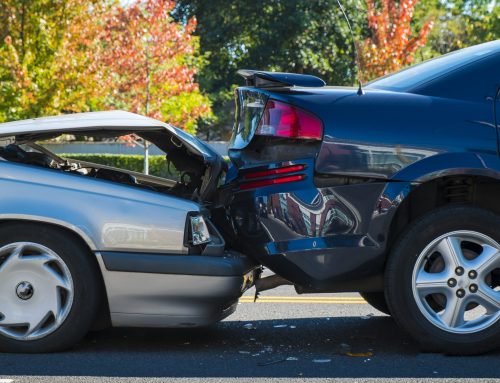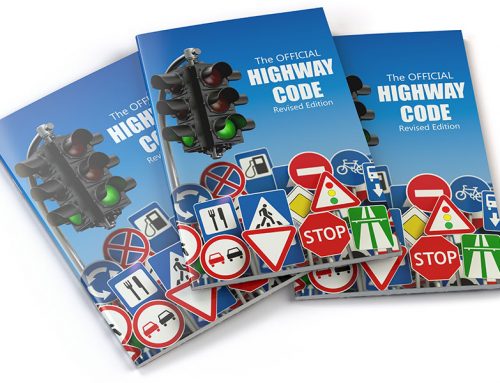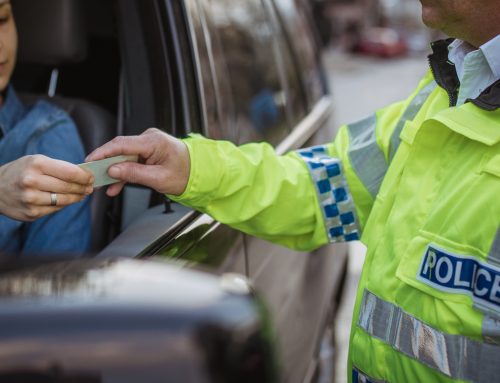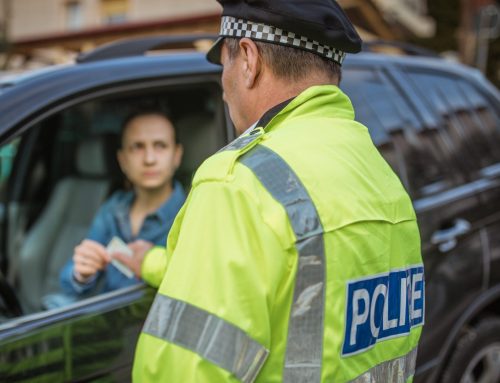In 1935, people taking the practical driving test did not have the benefit of the white lines that we see today in so many locations. Additionally, there were very few traffic signs on poles at the side of the road and those that were there were as much use as a chocolate tea pot.
Thankfully, today we have a comprehensive set of traffic signs which tend to be reasonably self-evident, tell us a story and provide information that helps drivers understand what is imminently ahead; albeit far too many still struggle to understand the full or correct meanings. Many believe they would fail their theory test today, if asked to re-take it.
For this reason, I think it is worth a look at the history of white lines and associated traffic signs and highlight what we should be paying particular attention to.
How can we explain why it took so long to bring down the fatality rates by half by 2010 and then halved again in the following nine year period? Some of this must be attributed to the improved traffic signs that Kinneir and Calvert produced in the 1950’s. We would definitely say it’s because of the higher levels of improved Driver Education. Others might say it’s the big stick that, if drivers make mistakes, or ignore traffic regulations, can be imposed makes drivers consider their actions each time they get into a motor vehicle. And there are others who suggest that many drivers take a pride in their driving, which is also a fair point to be considered.
Engineering developments from local authorities have had their part to play including the different colours on the road surfaces which highlight risk levels to help drivers understand how they should respond. Continued Driver Education can help with all this, if it were to be engaged with periodically.






